varicose veins orflebeurizm- This is a systemic pathological change in the vessels, accompanied by their dilation, elongation, bending and the formation of nodules, as a result of which the function of venous valves is disrupted and blood flow is disrupted.
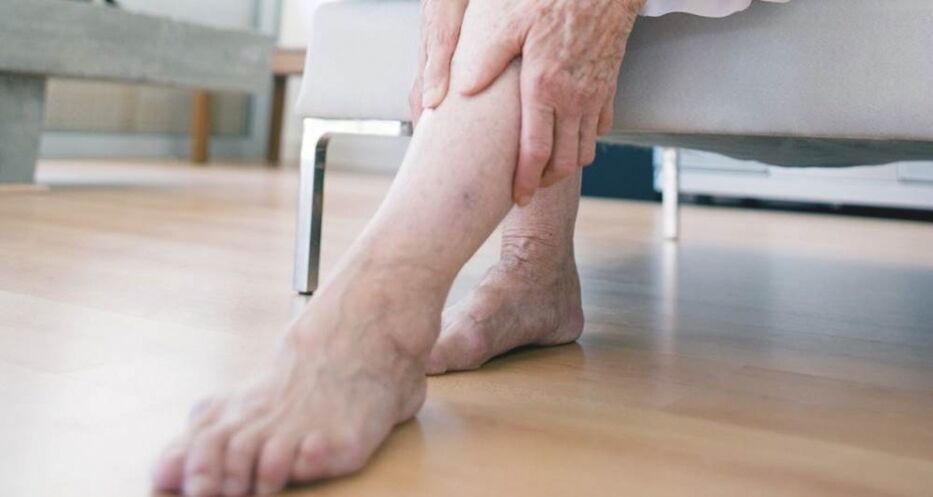
Changes in blood flow almost always cause changes in the body. The flow of blood in the arteries depends not only on the condition of the vessel wall, but also on the condition of the venous valve, which creates the flow of blood and regulates the direction and strength of the flow.In healthy blood vessels, there is a certain balance between vascular thickness, vascular tone and valve activity.. When one of these elements changes, the load of the others increases. For example,When the valve fails, blood flow slows down, a larger volume of fluid begins to accumulate in the arteries, resulting in an increase in the load on the walls, which subsequently loses its elasticity and elongation. All of these changes can lead to blood stasis in the lower extremities, which can lead to inflammation, pain, and swelling due to malnutrition of the tissues.
Symptoms of varicose veins
Pain is one of the earliest symptoms that can appear at any age and should be treated.
- In the 1st stage:at the end of the working day there is discomfort, there may be tingling and burning in the legs. This indicates an increasing load on the venous system of the legs.
- In the 2nd and 3rd stages:appearance of calf muscle cramps and cramps.
- In 4 stages:Severe pain of tense and curved nature, causing lameness.
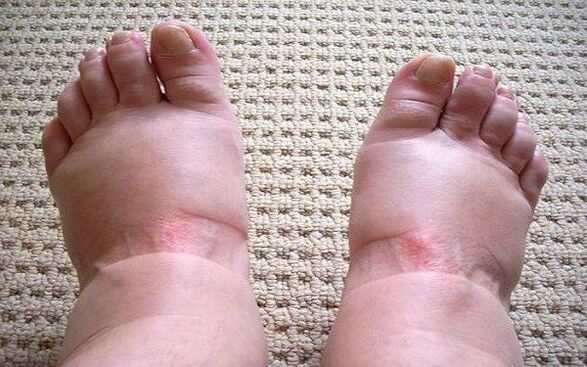
Edemaalso includes the symptoms of this disease and can be seen in its early stages. Usuallyedema varies in severity in different legs, because exactly the same violations are rare. Varicose edema in the legs should be distinguished from edema in heart failure.
itching- One of the most common symptoms after pain. It can also appear in the early stages, but is often noted in the 2nd and 3rd stages of the disease.
Why do feet itch with varicose veins?
oassociated with dilation of the vascular wall and the reaction of the nervous system in the tissues. Due to the dilation of the vessel, it compresses the surrounding vessels and capillaries, which can damage them, and the nerve endings transmit these sensations as itching, otherwise the effect on the nerves will be direct.
It is worth notingitching will be internaland will often not bring comfort when trying to influence him by external means.
What do varicose veins look like in the legs?
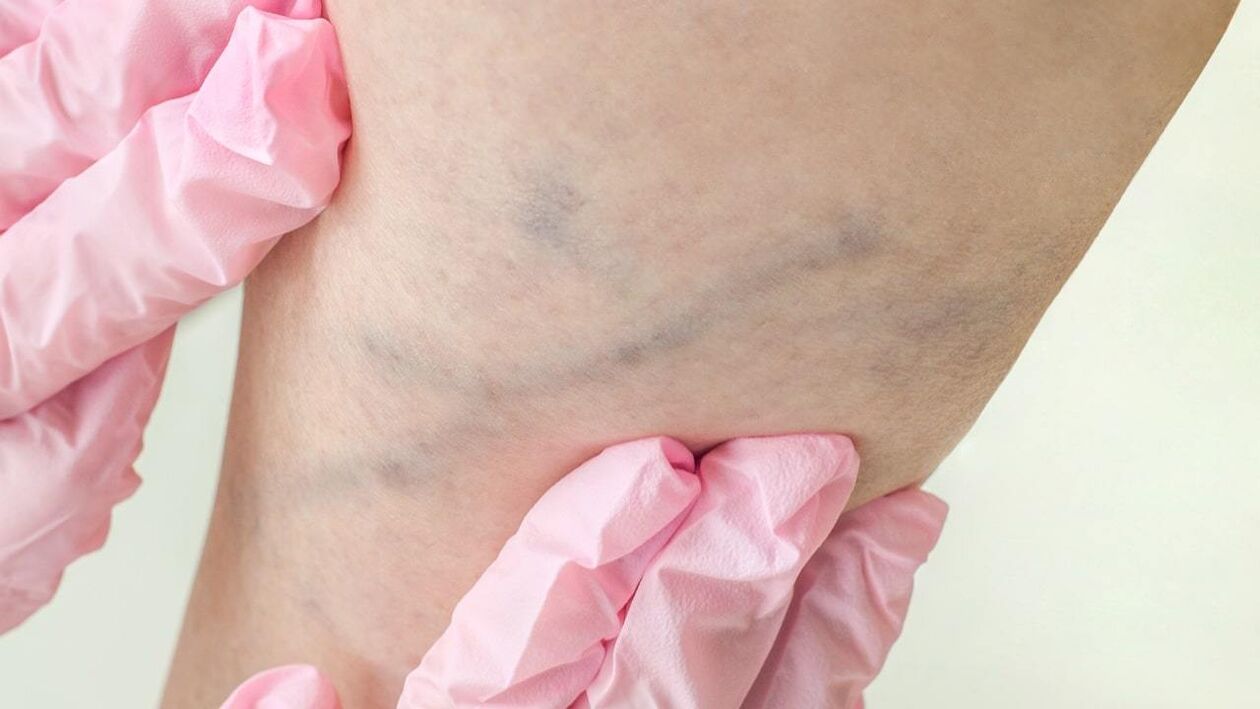
You need to know the answer to this question and have some ideas about the disease in order not to panic ahead of time and start treatment for a non-existent disease.
In addition to physical discomfort, the disease also manifests itself in external symptoms:
- Delicate blue mesh on the feetthis is not a cause for panic, as it symbolizes the defeat of superficial veins, but if it grows in the area, becomes brighter, or begins to come out, it is a direct way to meet with a specialist and review your lifestyle.
- Rotten and bruisedmay indicate damage to the vessel and subcutaneous bleeding from it, which is due to a sharp load on the vessels. This symptom usually indicates the course of the disease.
- Appearance of red spots on the legs, peeling of the skin and its thinning speaks of atrophic processes that are characteristic of the later stages of the disease.
Prevention and treatment of varicose veins
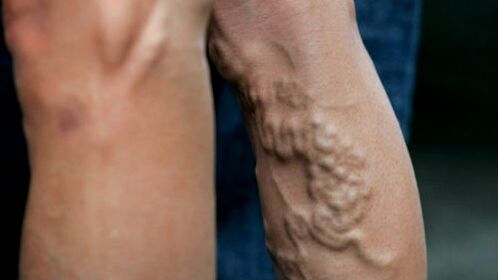
The main measures and procedures for the prevention and treatment of varicose veins:
- Recommendedtake active actionevery day. Walking, yoga and jogging will be a very useful sport for the health of the arteries of the lower extremities.
- Standing for a long time increases the stress on the muscles and blood vessels.
- Avoid crossing your legs, squeezes blood vessels and disrupts blood circulation.
- Do not overdo hot bathsand saunas, prolonged exposure to high temperatures affects the tone of the walls of blood vessels.
- Do not wear tight pants, prefer loose clothing and comfortable underwear.
- Bad habits, and especially smoking - has a negative effect on the tone of the walls of blood vessels.
- Light foot massageis a good tool to prevent.
- Daimispecialist visitWe also need an existing problem.
Prevention of varicose veins in the legs in women
- Pay attention to the sock elements in your wardrobe. ExpensesAvoid socks and stockings with too tight elastic bandsthat pulls his leg.
- The choice of shoes should also be taken seriously:high-heeled shoes should not be worn everyday, as well as be careful when choosing shoes with straps and laces, especially on the heel.
Treatment of varicose veins
Need treatmentunder the supervision of a phlebologist. After laboratory and instrumental diagnostics, the specialist determines the degree of the disease and prescribes treatment.
There are several methods of treatment: drug treatment, surgery, exercise therapy.
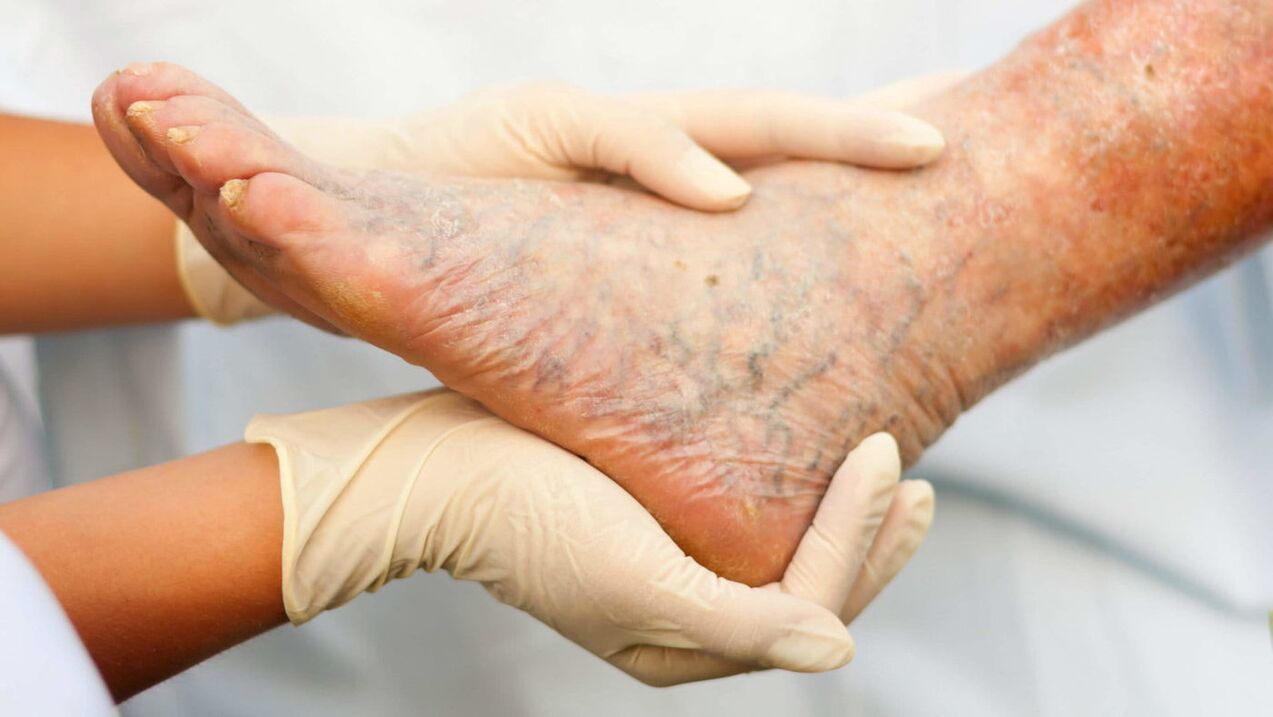
Medical therapy includes:
- anticoagulants (for blood thinning);
- Antiplatelet agents (prevention of thrombus formation and improvement of tissue nutrition);
- Venotonic;
- Non-steroidal anti-inflammatory drugs for severe pain and inflammation.
Surgery includes:
- Laser coagulation method: removes surface defects in the form of surface meshes and stars;
- Sclerotherapy: "vascular adhesion" with the introduction of special substances and their removal from the bloodstream;
- Phlebectomy: surgical removal of a vein.
Exercises for varicose veins in the legs
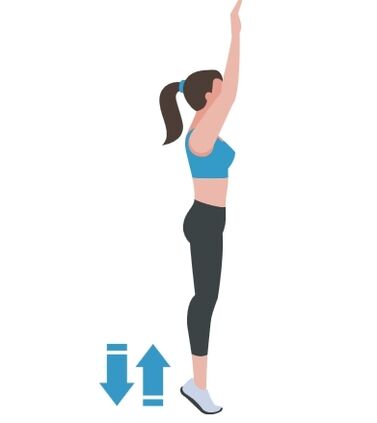
Unified physical activity and exercise help to cope with varicose veins.
- Standing position, feet shoulder-width apart, hands placed across the body.We get on our toes, hold this position for 2 seconds and lower it sharply to your heels.
- Standing position, hands resting on the wall or behind a chair, rolling from heels to toes and vice versa for 2 minutes.
- It would be a useful exercisewalk on the spot, socks do not fall from the ground. It is also usefulwalk on toes or heels.
- Lying position, lift your legs and perform"bicycle" movement.
- Seating position: Alternativebend and open your legs, then the legs.
Folk remedies for varicose veins in the legs
Treatment with herbal substancesMany doctors prescribe it in combination with basic medication or exercise therapy. It is also encountered in the early stages of the disease, at a time when the disease has not yet begun.
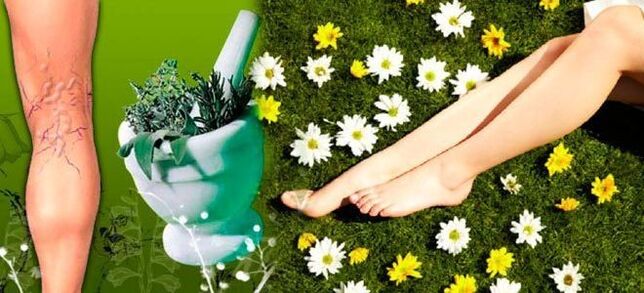
What foods are good for vascular health?
- Nutmeg. It is welcomed as a food supplement, decoction and tinctures.
- Lemon: tinctures, lemonades, oils.
- Ginger: Very useful in combination with lemon, as well as decoctions, tinctures, compresses.
- CompressesRubbing white cabbage, oils, honey on more painful areas will eliminate the symptoms.
- If aswollen foot due to varicose veins: aloe, burdock compress will help eliminate swelling. However, they give a good effect.decoctions of cranberries, wild roses, cumin, thyme, thyme.
Folk remedies for varicose veins in the legs help in a speedy recovery and do not cause complications that can result from drug treatment.
The most important thing in treatment is to understand that folk remedies do not have a strong effect in advanced cases, thereforeyou need to consult a specialistand do not choose the treatment yourself.
If the disease is present in an elderly person, then help is needed to perform exercise therapy properly (this will be an integral part of therapy), because exercise can be different for older people.
Similarly, you need to choose the right and timelydrug treatmentto prevent additional complications in the body. For example,Improper treatment can result in superficial and deep vein thrombosisAs a result, severe inflammation and even necrotic processes may develop, long-healing trophic ulcers.
To avoid dangerous complications, especially if you can not manage the treatment independently and do not follow all the necessary recommendations, seek the advice and help of specialists.













































